Amaranth
Amaranth is a plant of many uses.
- The seeds can be eaten.
- The leaves, roots and stems can be eaten.
- The flowers of the ‘Hopi Red Dye’ amaranth were used by the Hopi (a tribe in the western United States) as the source of a deep red dye.
- The plant is highly ornamental, and is often grown because of its sheer beauty. Ornamental varieties may be known by the romantic name of “Love-Lies-Bleeding”.
- It is honored in myth, legend and poetry.
Amaranth seeds
Technically the seeds are not grains, like wheat or rice. However amaranth seeds are often called a “pseudo-cereal” because they contain a range of nutrients similar to that of cereal grains.
Amaranth seeds –
- are gluten-free
- contain about thirty percent more protein than cereals like rice, sorghum and rye.
- are higher in minerals such as calcium, iron, phosphorous, and carotenoids, than most vegetables.
- are easily harvested
- are an excellent source of complete protein
- are rich in lysine. Compared to grains, amaranth is unusually rich in the essential amino acid lysine. Common grains such as wheat and corn are comparatively rich in amino acids that amaranth lacks; thus, amaranth and grains can complement each other. Amaranth is competitive with wheat germ and oats – higher in some nutrients, lower in others.
- are easy to cook
- can be made into a nutritious flour
- taste good
- are easy to grow. Amaranth plants grow rapidly and their large seed-heads can weigh up to 1 kilogram and contain up to half a million seeds.
Known to the Aztecs as huauhtli, amaranth is thought to have represented up to 80% of their caloric consumption before the Spanish conquest. Another important use of amaranth throughout Mesoamerica in the preparation of ritual drinks and foods. To this day, amaranth grains are toasted like popcorn and mixed with honey, molasses or chocolate to make a treat called alegría, meaning “joy” in Spanish. [Source: Wikipedia]
Amaranth greens
Amaranth leaves and stems are eaten all over the world steamed, boiled, stir-fried, in salads and and in soups.
Caution: Amaranth contains histamine-liberating oxalates!
With all these characteristics in favour of amaranth, is it recommended for people with Histamine Intolerance? Not really.
Amaranth in itself is not high in histamine, but it is high in oxalates [1], and oxalates are histamine liberators. One study was optimistic nonetheless, concluding that “Grain amaranth can be considered a high oxalate source, however, as most is in insoluble form, and due to its high calcium and magnesium concentrations, oxalate absorbability could be low. This should be confirmed by bioavailability studies.” [ibid.]
Another study showed that oxalates in vegetable amaranth were “high when compared with the amounts reported to be a health hazard in other vegetables and forage crops.” [2]
Other drawbacks of amaranth
- Oxalates (otherwise known as oxalic acid) are not only histamine liberators. Their presence in food can also interfere with the body’s ability to absorb calcium and magnesium.
- Dietary oxalate is a potential risk factor for kidney stone development.
- The starch in amaranth is very easy to digest, which gives it a high glycemic index (GI) rating. Foods that have a high glycemic index increase blood glucose levels and subsequently insulin levels. This is thought to increase the risk of cardiovascular disease and type 2 diabetes. Foods with a high GI do not satisfy hunger for as long as foods with a low GI, and are thought to be associated with obesity. [3]
In conclusion – amaranth is a good source of complete protein, and it is gluten-free, but if you are histamine intolerant you should think carefully about consuming it and treat it with caution! If your symptoms are severe you might be wise to avoid amaranth and instead stick to foods listed in the ‘Strictly Low Histamine Diet‘.
References
[1] Oxalate in Grain Amaranth
Bruce Gélinas and Philippe Seguin
Department of Plant Science, McGill University, Macdonald Campus, 21111 Lakeshore Road, Sainte-Anne-de-Bellevue, QC H9X 3V9, Canada
J. Agric. Food Chem., 2007, 55 (12), pp 4789–4794
DOI: 10.1021/jf070384d
Publication Date (Web): May 19, 2007
Copyright © 2007 American Chemical Society
[2] Oxalate in vegetable Amaranth (Amaranthus gangeticus). forms, contents, and their possible implications for human health.
Patma Vityakon
Journal of the Science of Food and Agriculture (Impact Factor: 1.88). 01/1989; 48(4):469 – 474. DOI: 10.1002/jsfa.2740480409
[3] Scientists Discover Why A Low GI Meal Makes You Feel Full

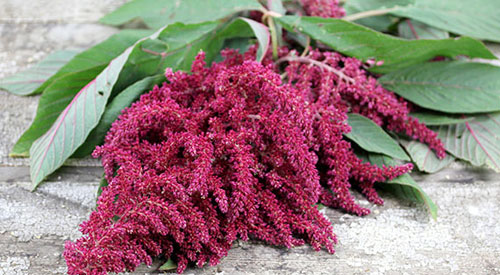
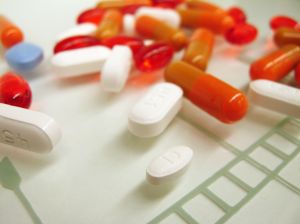

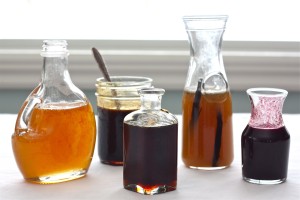

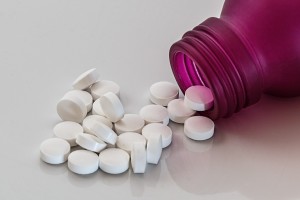 If your histamine intolerance symptoms are extremely severe, then in addition to adhering to the
If your histamine intolerance symptoms are extremely severe, then in addition to adhering to the 

 Don’t panic about gluten!
Don’t panic about gluten!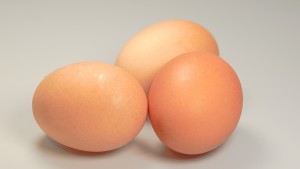 Eggs – yes (cooked)
Eggs – yes (cooked)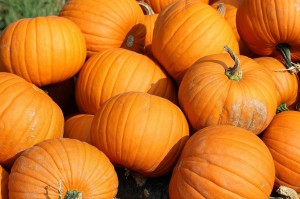 Pumpkin – no
Pumpkin – no Antihistamines
Antihistamines